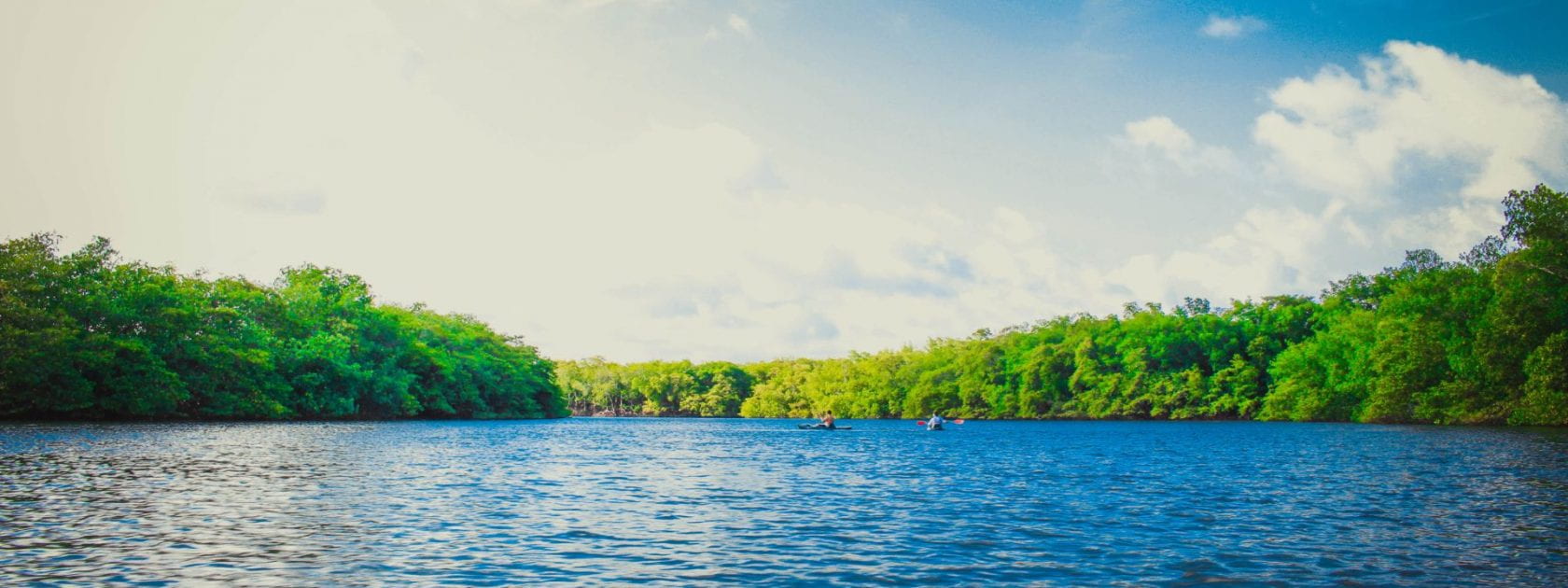What is Physical Ecology?
Physical Ecology is the interdisciplinary examination of evolutionary and ecological phenomena across taxa, populations, communities and ecosystems within a physical perspective. It involves the examination of how organisms have:
- adapted to the constraints imposed by the physical environment;
- adapted to use physical mechanisms to satisfy biological processes;
- matched form to function.
Current Research Projects
I am interested in a variety of topics related primarily to marine and freshwater benthic plants (including algae) and invertebrates:
- Mass transfer and the ecophysiology of benthic producers and consumers
- The effects of fluid dynamics on macrophyte photosynthesis.
- The effect of fluid dynamics on suspension feeding in bivalves.
- Biophysical aspects of benthic-pelagic coupling.
- Physical-Biological interactions and the larval fish recruitment
- The effects of roughness on egg dislodgement in walleye
- the effect of turbulence on egg development
- the effect of turbulence on larval swimming and feeding in walleye
- the effect of turbulence on larval development
- The physical ecology of reproduction, dispersal, and early life history
- External fertilization in broadcast-spawning invertebrates.
- Wind and water pollination.
- Dispersal and recruitment of macrophytes and benthic invertebrates.
- Glochidial dispersal and juvenile recruitment in freshwater mussels.
- Determination of hydraulic habitats of juvenile mussels.
- The Physical Ecology of Vegetative Flows
- Particle capture (including abiotic pollination) in aquatic plants.
- Physical forcing and hydro-riparian interactions on stream productivity.
- Pheromone dispersal in vegetated flows.
- Conservation and Restoration of Aquatic Ecosystems
- Identification of host fish and rearing juveniles of endangered unionid mussel.
- Determination of the role of benthic processes in hypoxia of lakes
Lab and Field Resources
|
|
Laboratory Flow Chambers
- We have a variety of flow chambers in the laboratory, ranging from small table-top models to a number of larger chambers. All of our chambers are designed to provide fully developed flow for appropriate boundary layer conditions.
- Countertop recirculating flow chamber (40 x 20 x 300 cm; W x H x L)
- Applications: Flow visualization; Boundary layer characterization

- Applications: Flow visualization; Boundary layer characterization
- Oscillating Grid System
- Applications: Testing the effects of turbulence on ecological processes
- (Image pending)
- Applications: Testing the effects of turbulence on ecological processes
- Free-standing recirculating flow chamber (18 x 10 x 200 cm)
- Applications: Suspension-feeding studies

- Applications: Suspension-feeding studies
- Free-standing recirculating flow chamber (17 x 10 x 170 cm)
- Applications: Suspension-feeding studies; Particle deposition studies

- Applications: Suspension-feeding studies; Particle deposition studies
- Self-contained sealed recirculating flow chamber (15 x 15 x 120 cm)
- Applications: O2 evolution in macrophytes.

- Applications: O2 evolution in macrophytes.
- Countertop recirculating flow chamber (10 x 10 x 100 cm)
- Applications: flow visualization, calibration, project development

- Applications: flow visualization, calibration, project development
- Wall Jet Apparatus (3 x 2 x 100 cm duct)
- Applications: shear stress modeling, attachment strength

- Applications: shear stress modeling, attachment strength
- Flow Comparison System Unit (3 Units each with 4 channels of 10 x 10 x 85 cm)
- Applications: ecophysiology studies, grow studies

- Applications: ecophysiology studies, grow studies
- Cylindrical tank (45 cm diameter x 200 cm tall)
- Applications: settling rate, probe development

- Applications: settling rate, probe development
BEMS – The Biological and Environmental Mechanics Homepage!


